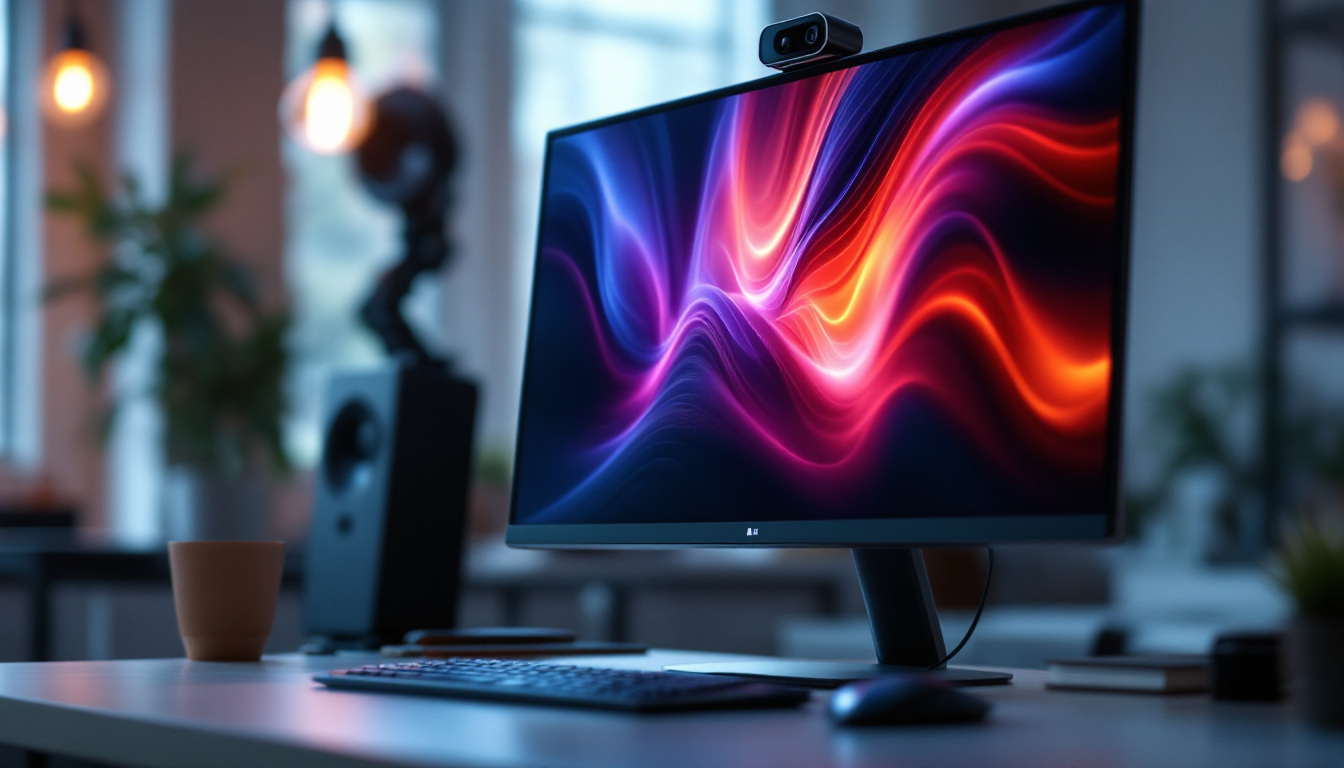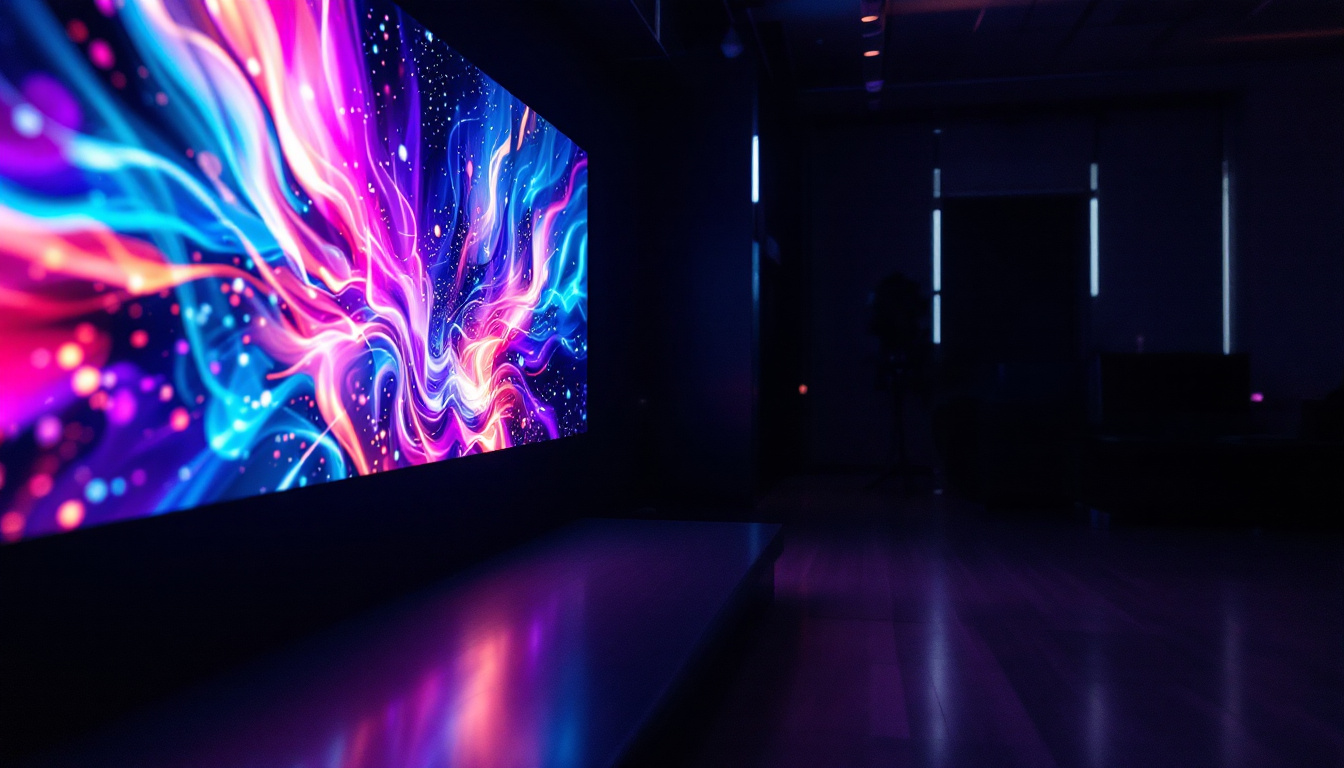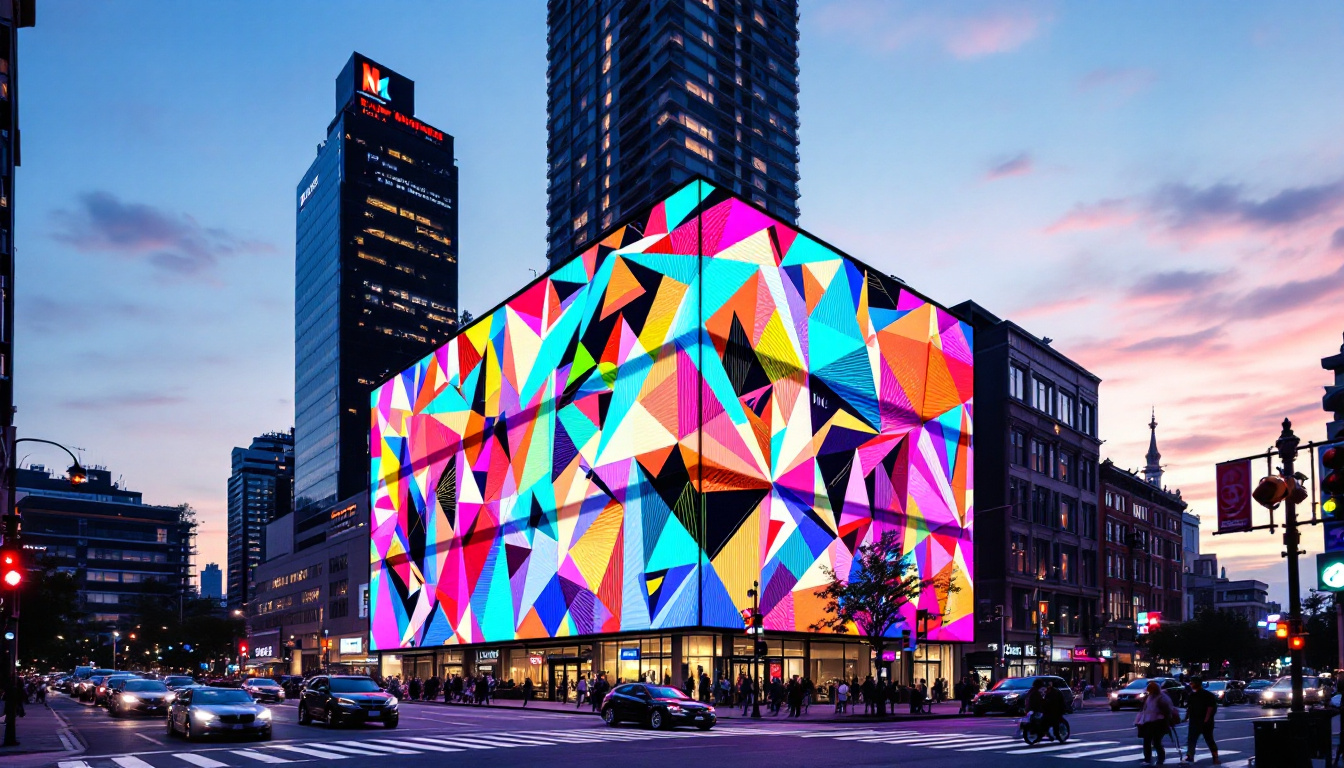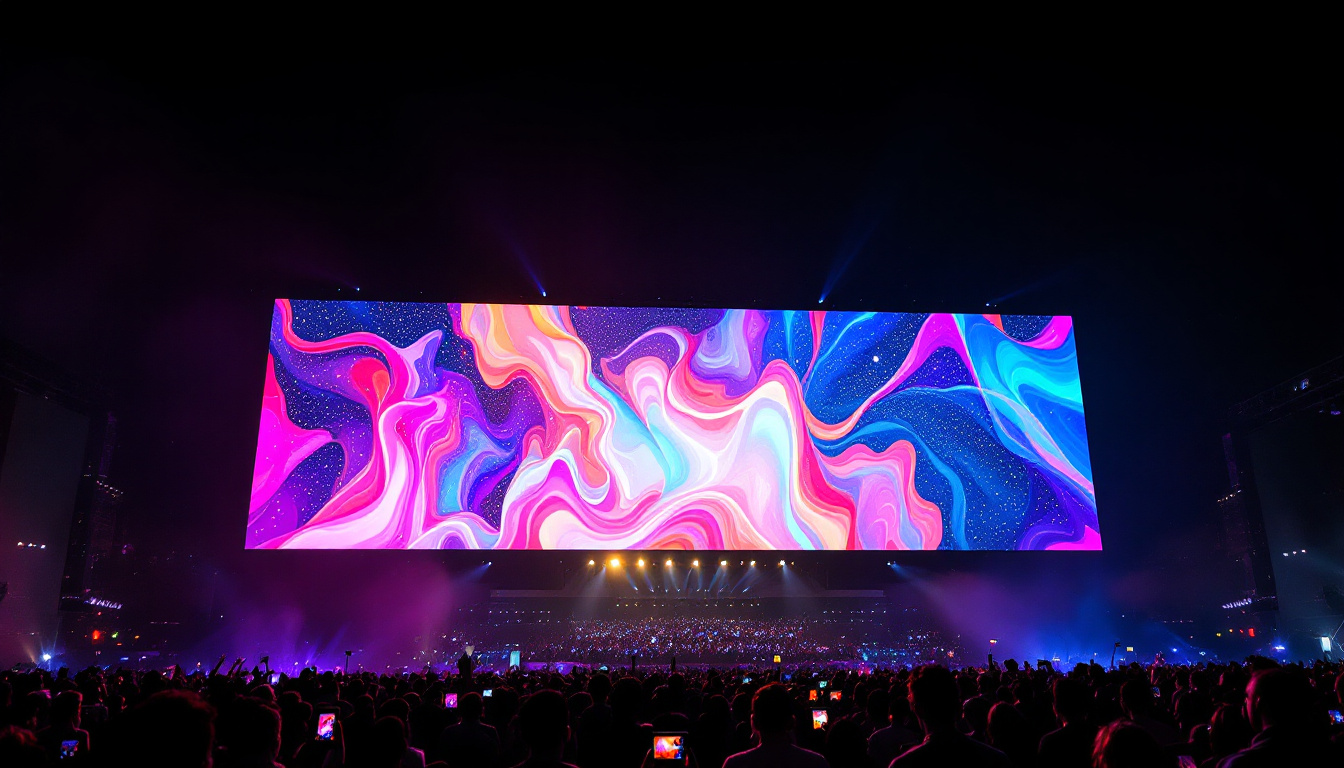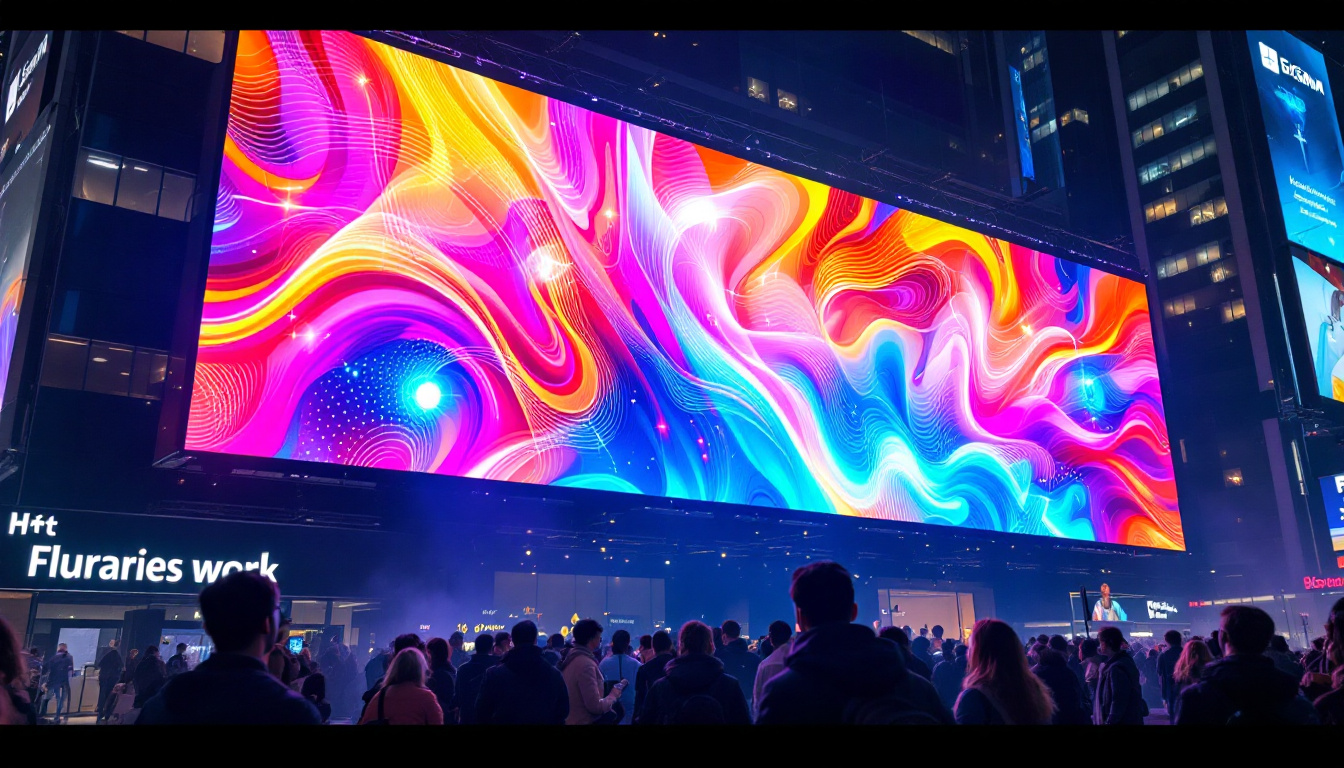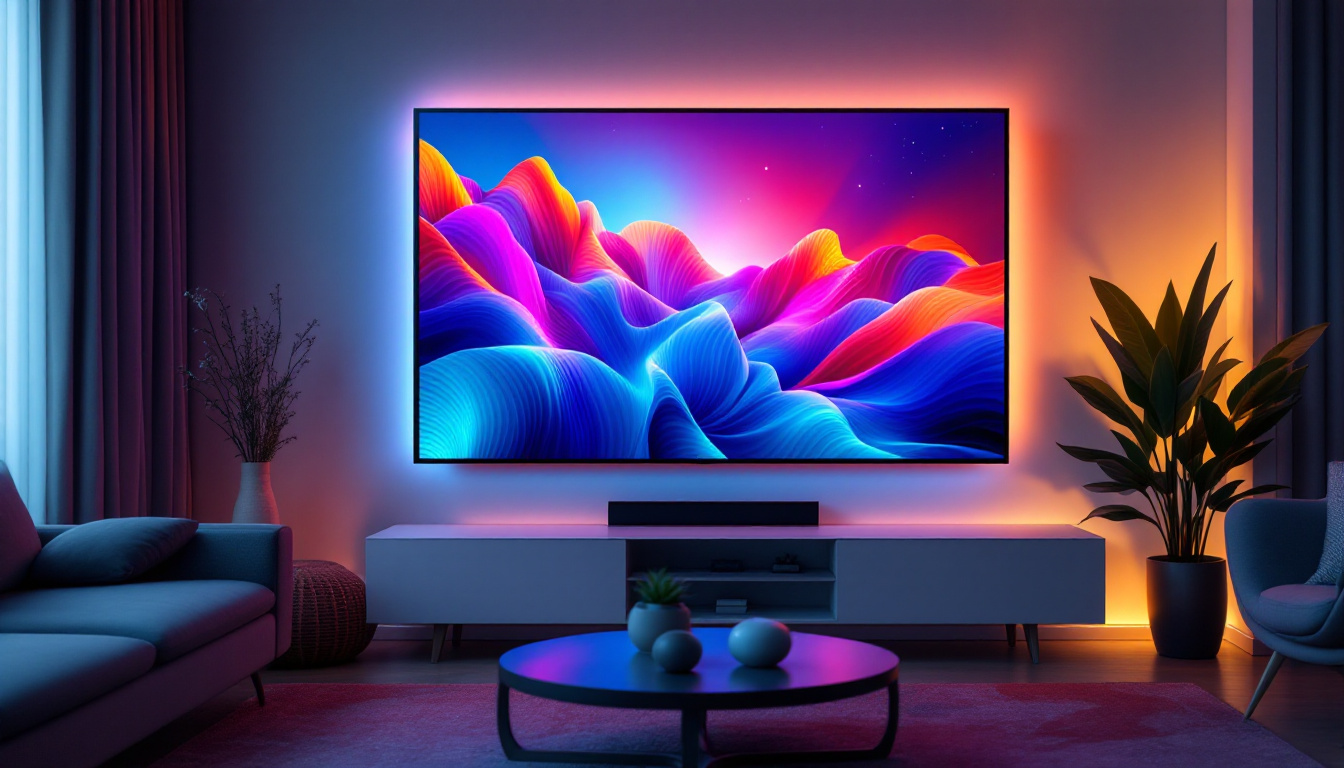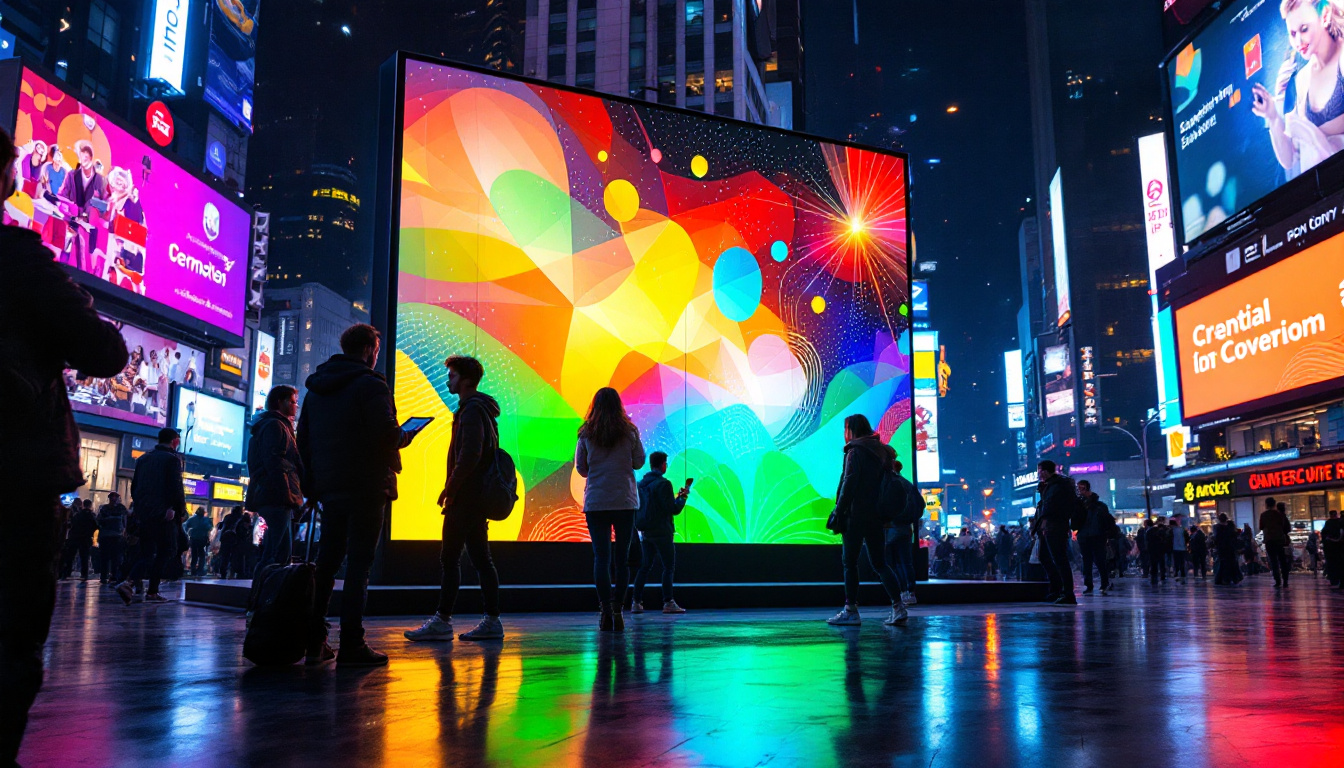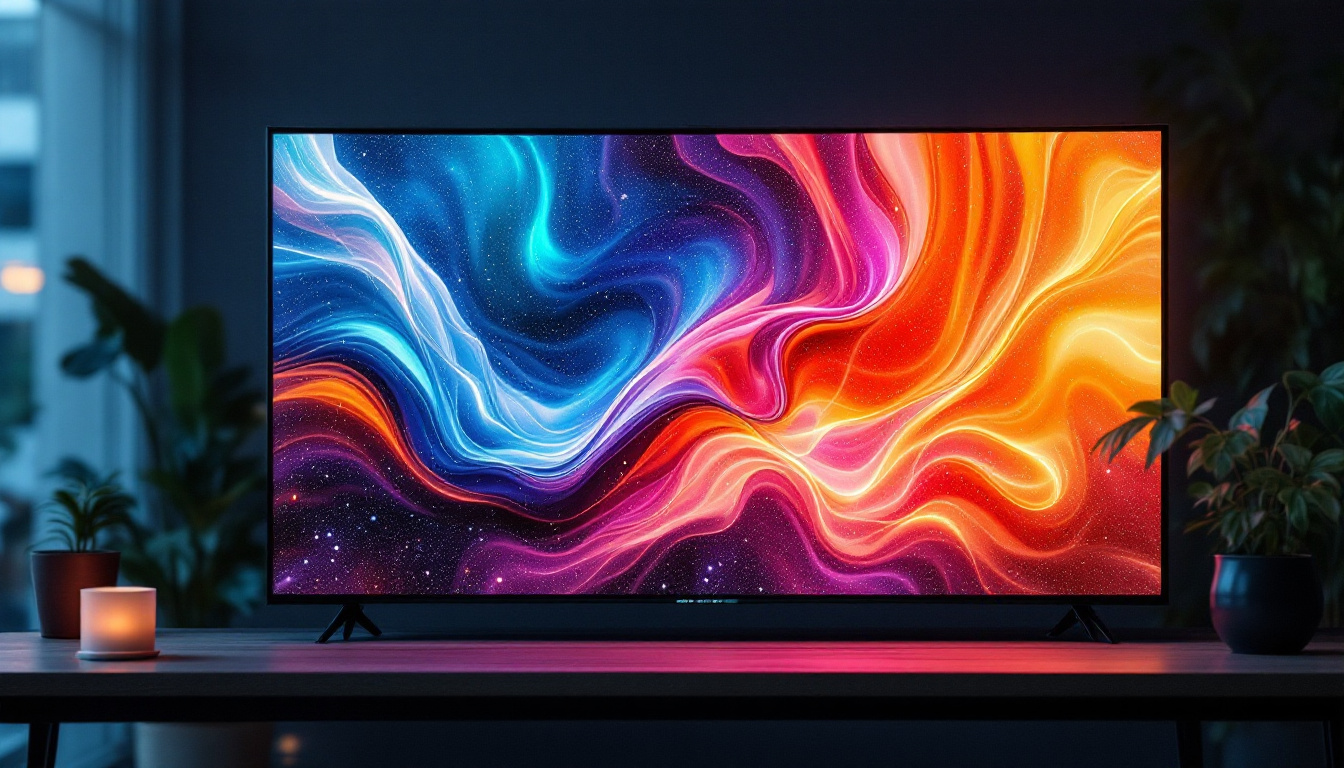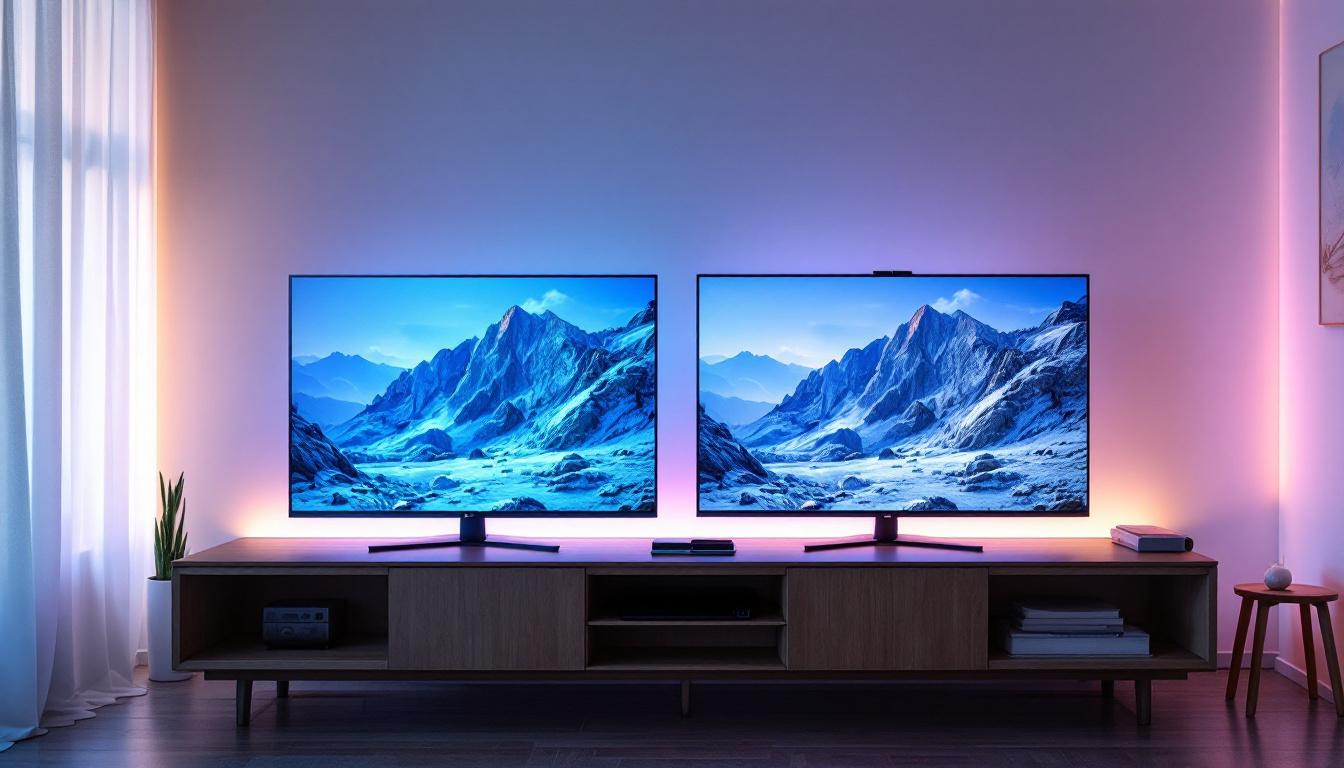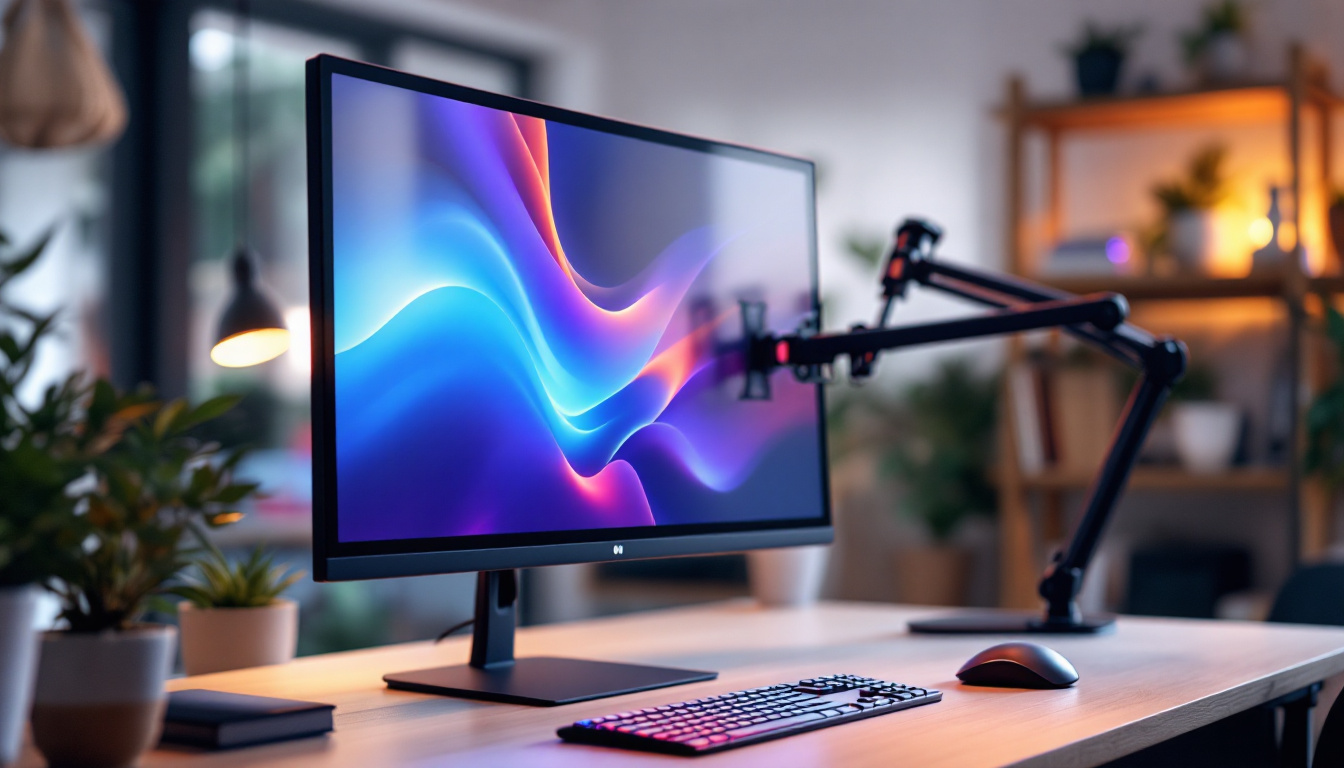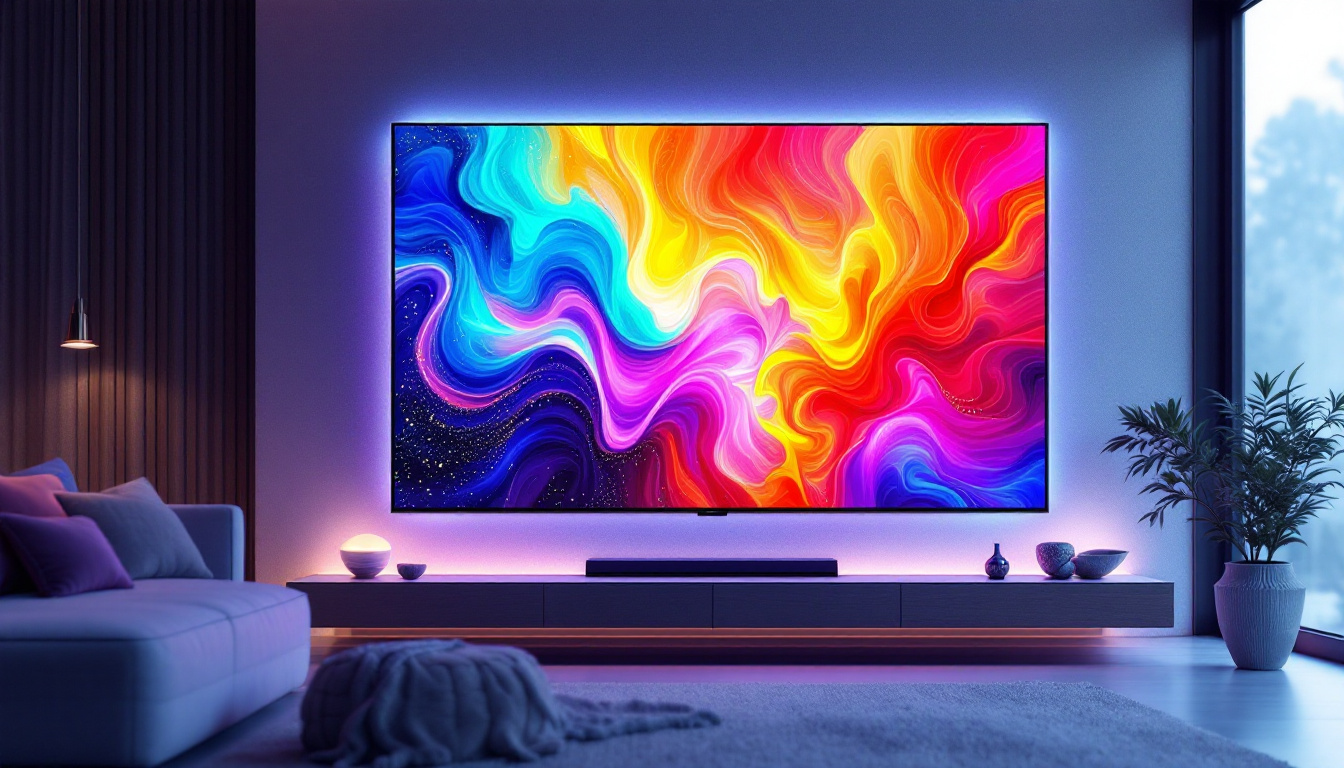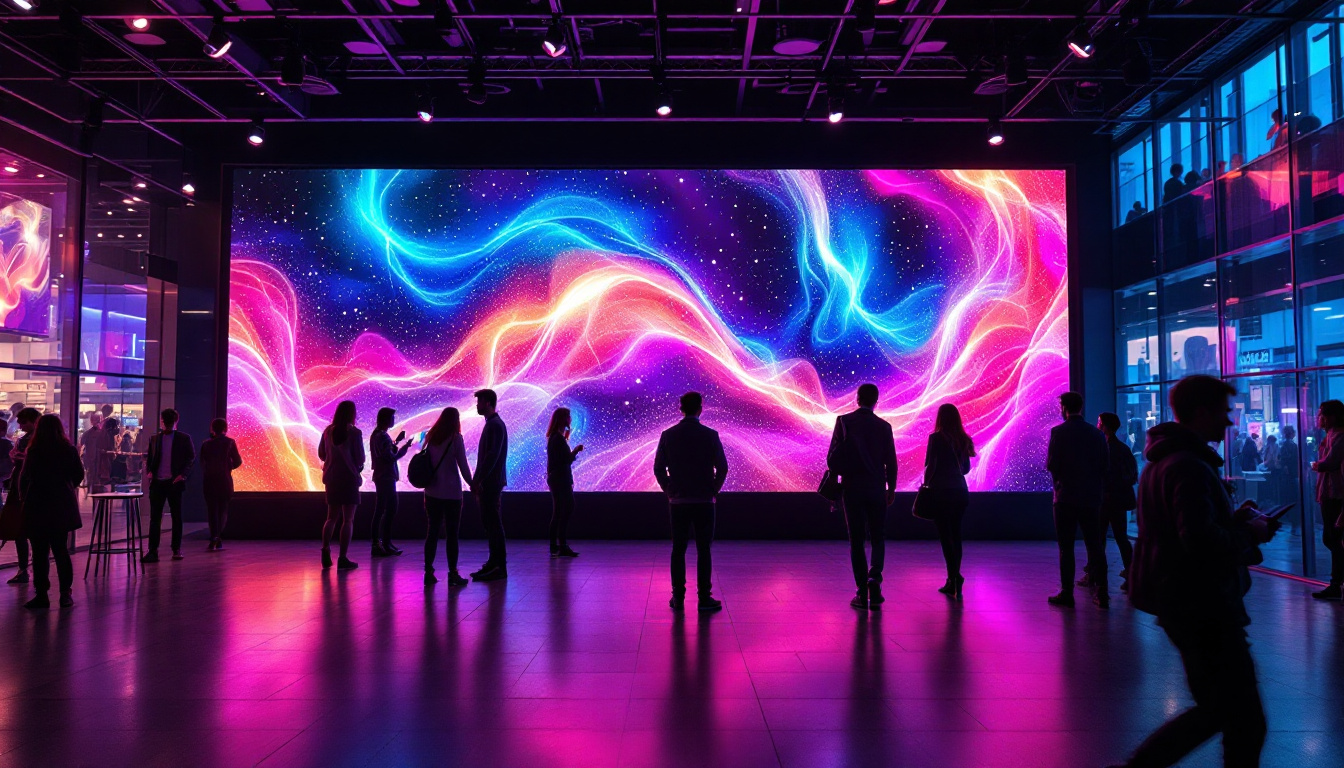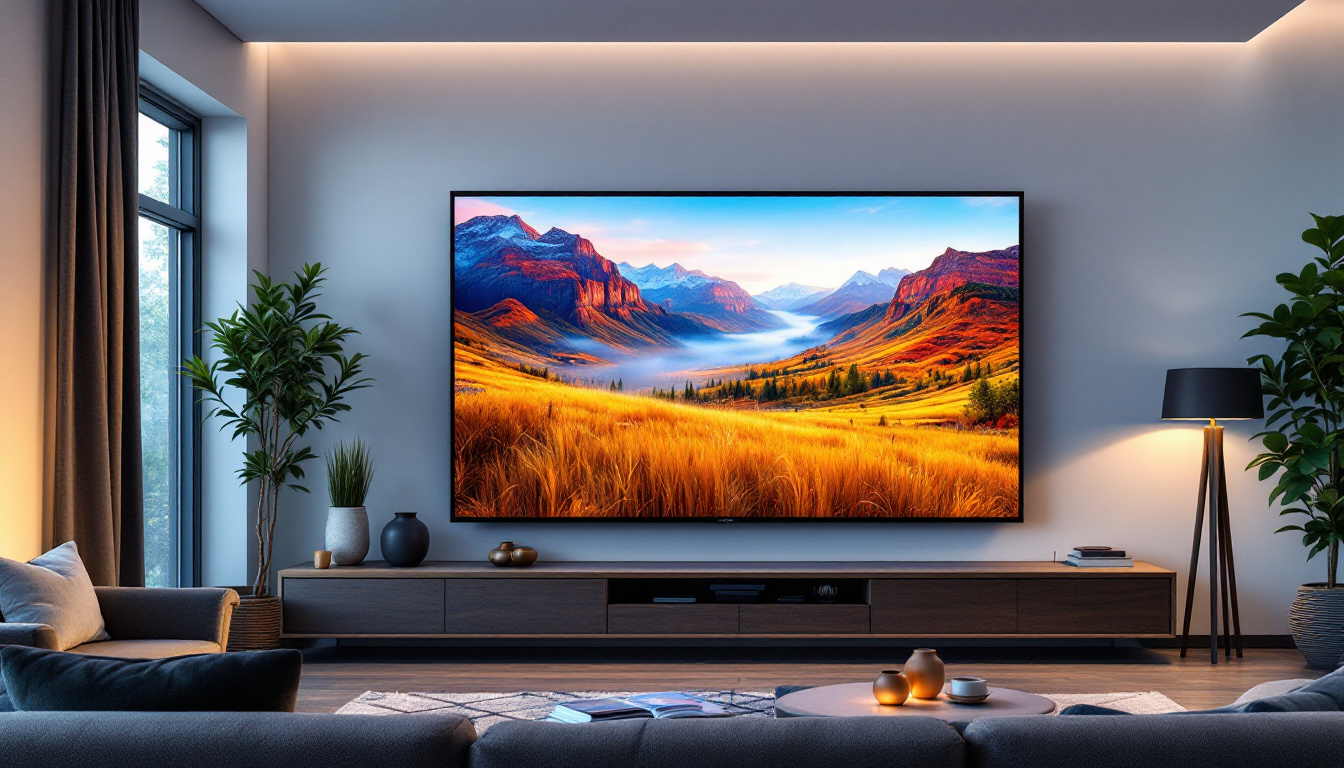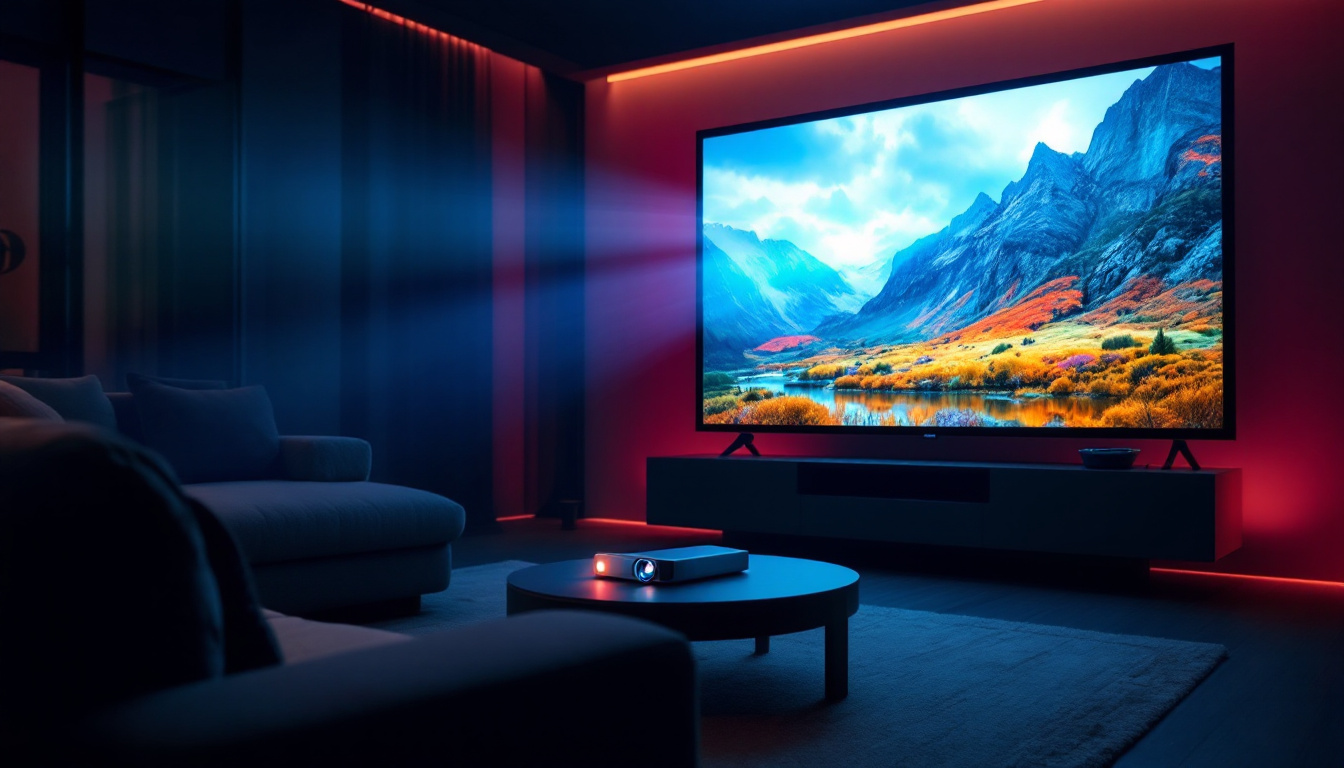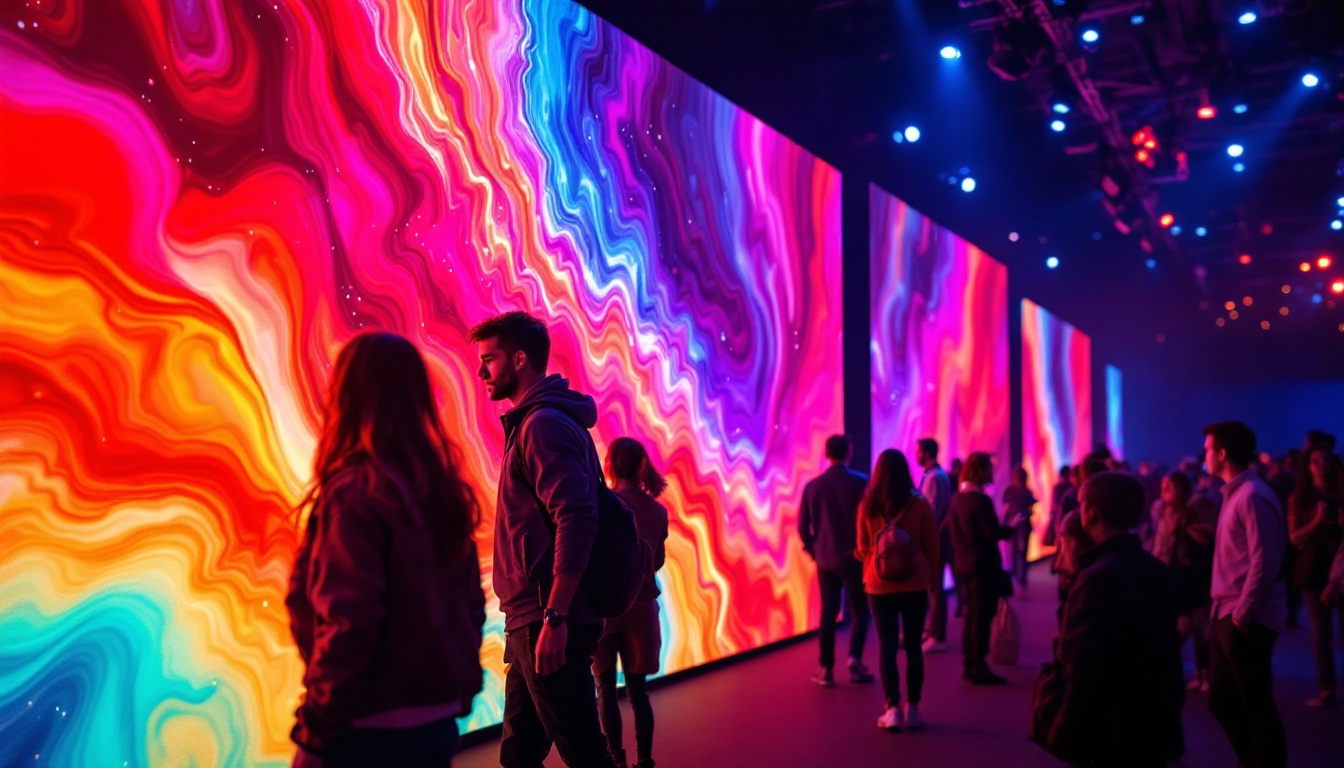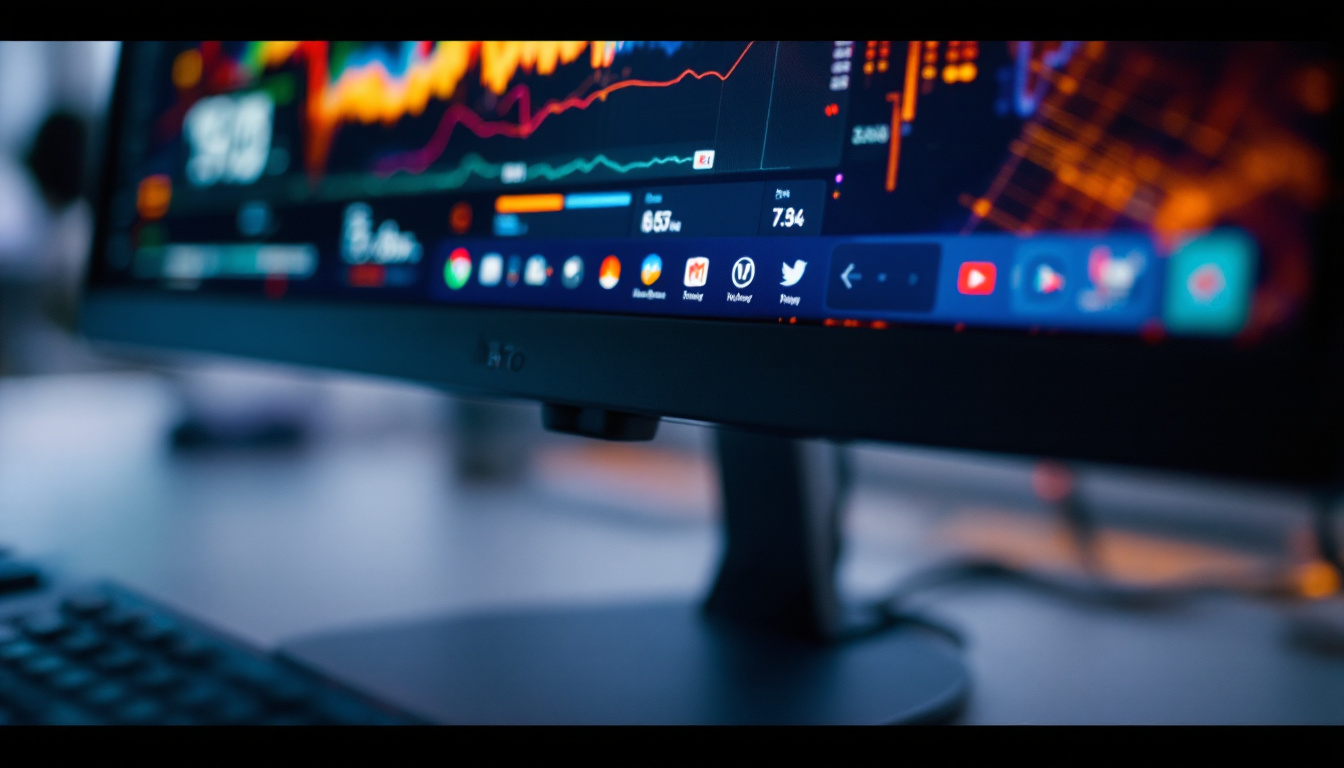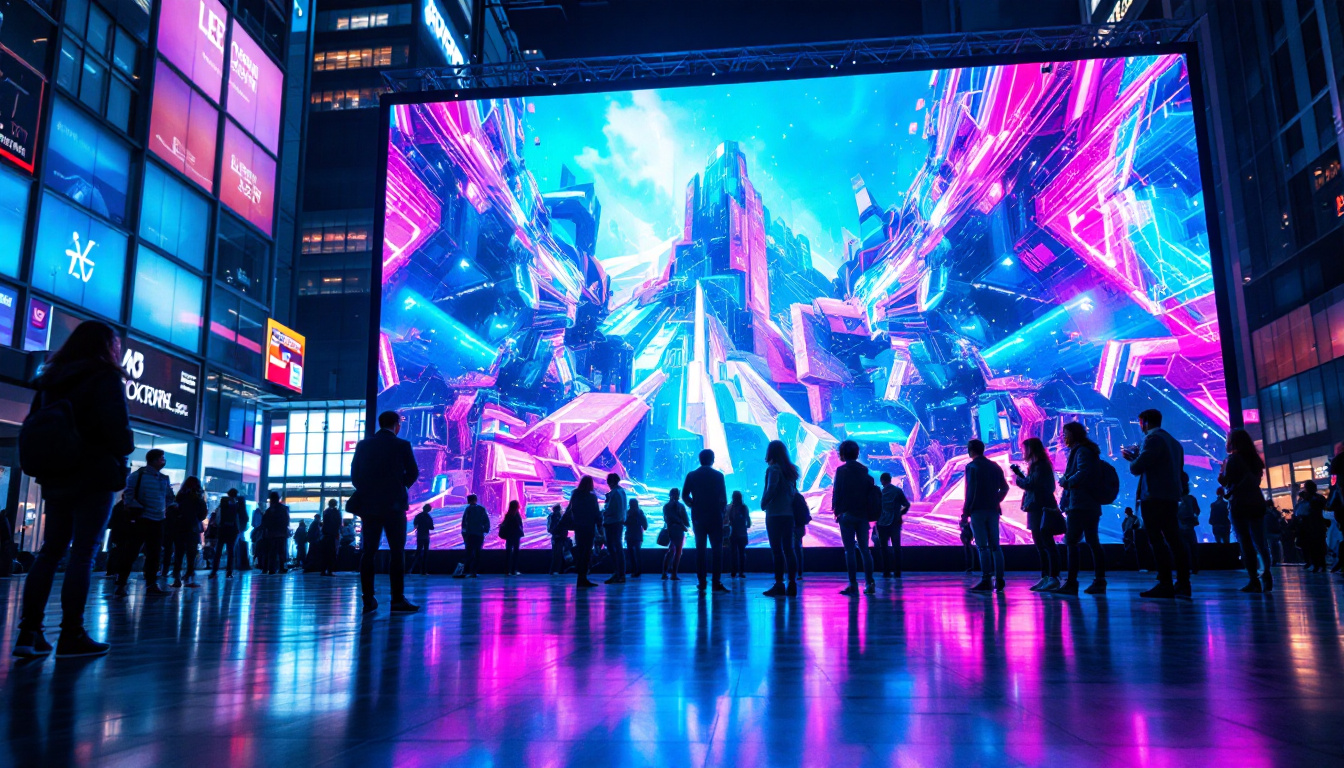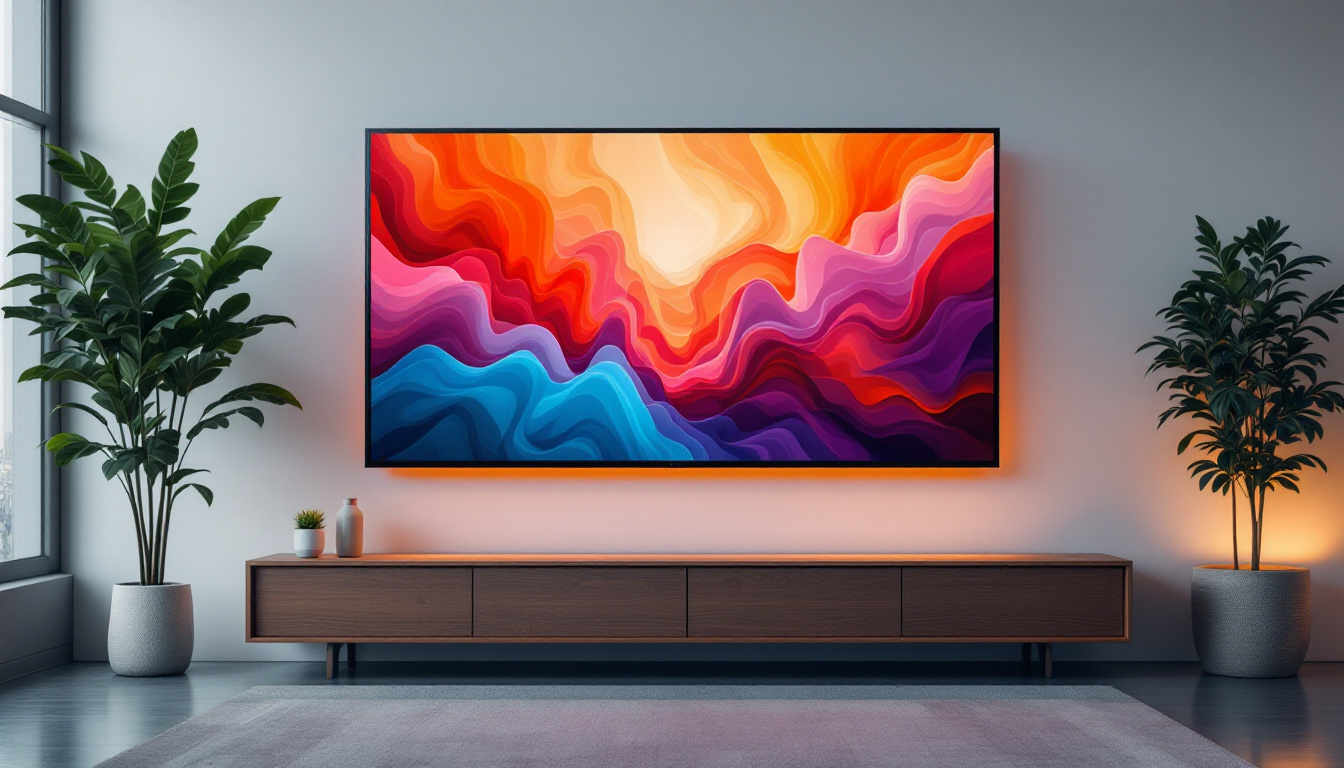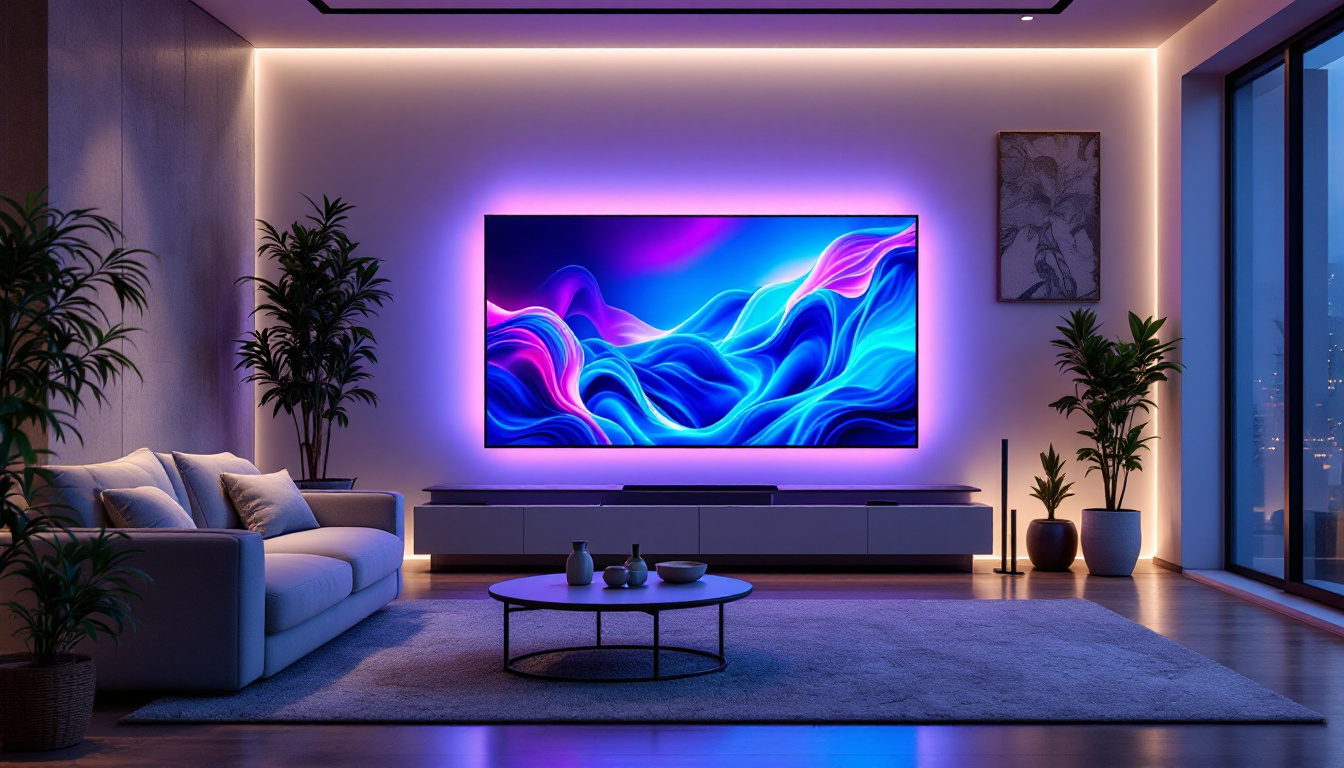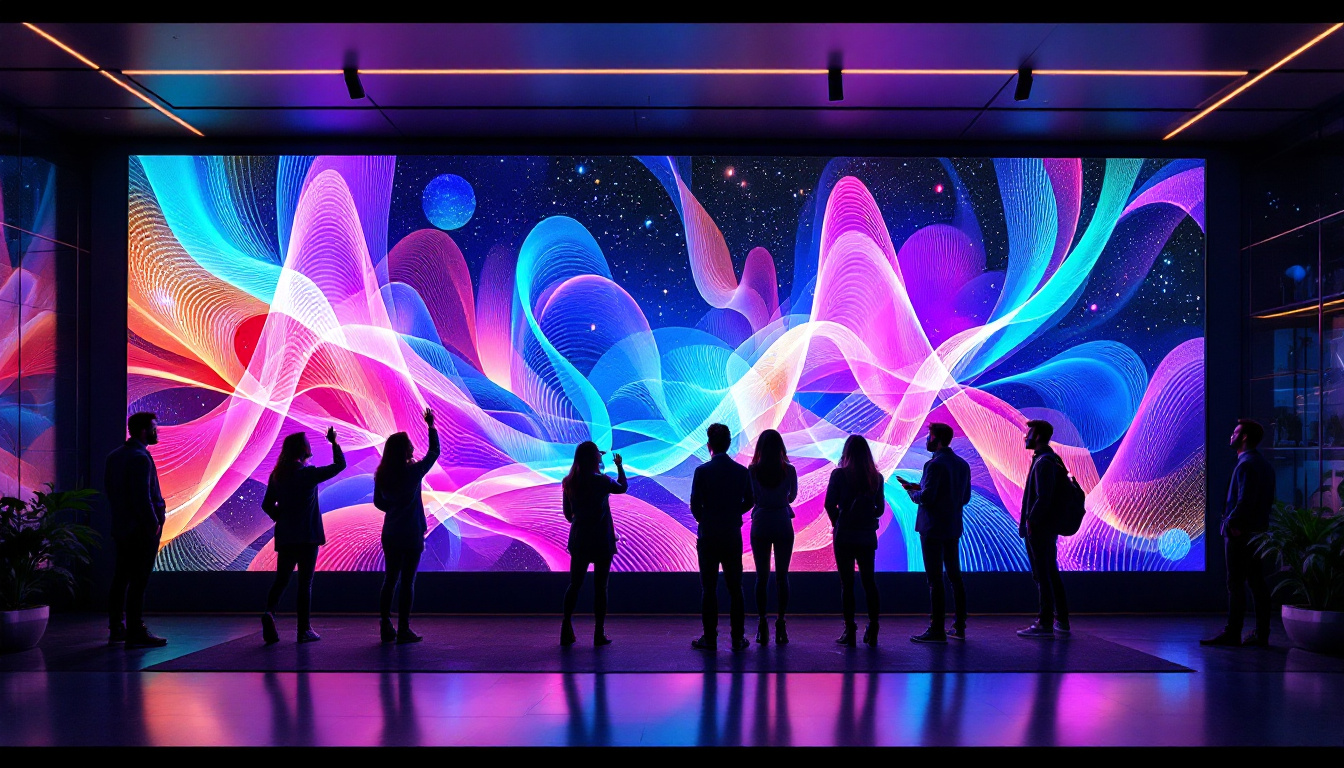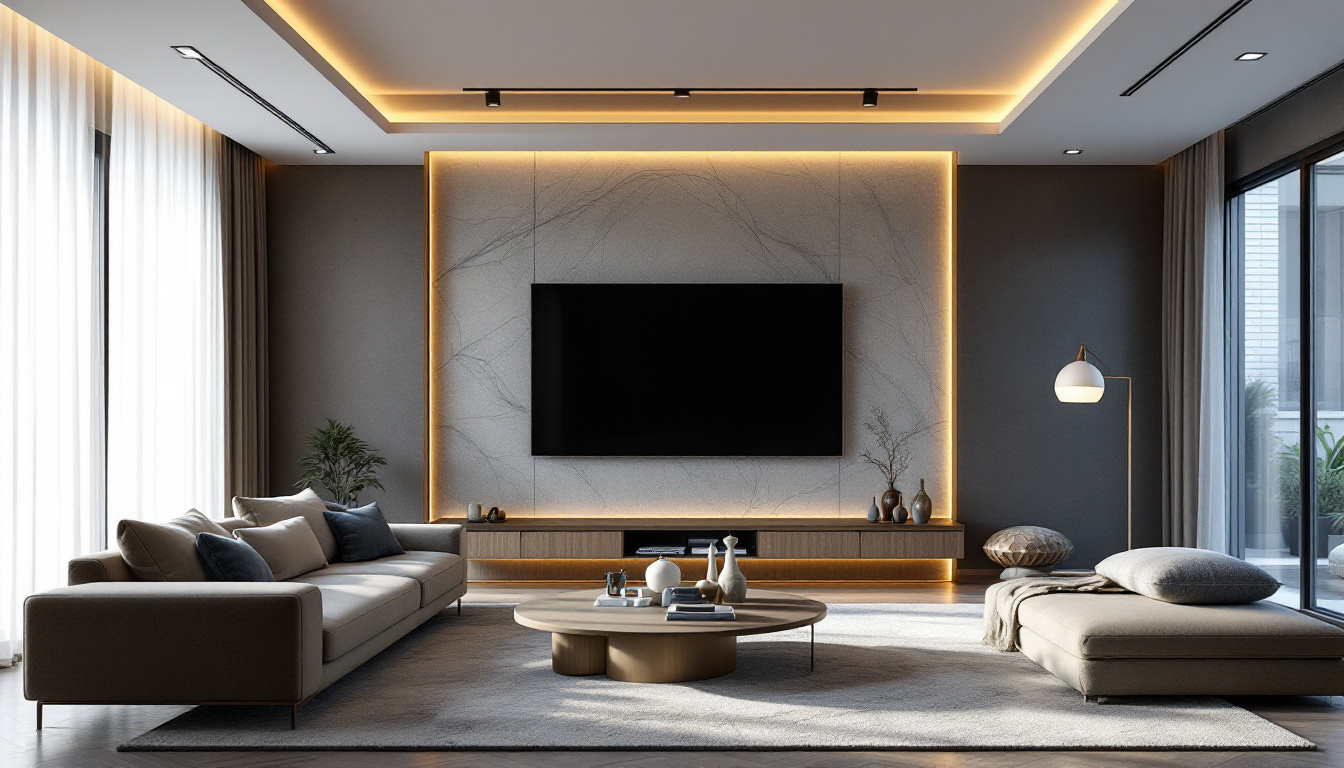In the ever-evolving world of technology, the integration of various components into a single device has become a hallmark of innovation. One such advancement is the computer screen with a built-in camera. This combination not only enhances user experience but also streamlines workspace aesthetics. The LED display technology further elevates this integration, providing vibrant visuals and energy efficiency. This article delves into the intricacies of computer screens with built-in cameras and the LED technology that powers them.
Understanding LED Display Technology
LED, or Light Emitting Diode, technology has revolutionized the way displays function. Unlike traditional LCD screens that rely on fluorescent backlighting, LED displays utilize tiny diodes to produce light. This results in brighter images, better contrast ratios, and more energy-efficient operation.
The Basics of LED Technology
At its core, LED technology operates by passing an electric current through a semiconductor material, which then emits light. This process is not only efficient but also allows for a broader range of colors and brightness levels. The two primary types of LED displays are:
- Edge-lit LED: LEDs are placed around the edges of the screen, with light being directed across the display.
- Backlit LED: LEDs are placed directly behind the screen, providing uniform brightness across the entire display.
Both types offer distinct advantages, but backlit LED displays are often favored for their superior color accuracy and brightness consistency. In addition to these types, there are also variations such as OLED (Organic Light Emitting Diode) displays, which utilize organic compounds to emit light and provide even deeper blacks and more vibrant colors. This technology has gained traction in high-end televisions and smartphones due to its impressive visual performance.
Benefits of LED Displays
LED displays come with a plethora of benefits that make them an ideal choice for modern computer screens:
- Energy Efficiency: LED technology consumes significantly less power compared to traditional displays, making it environmentally friendly.
- Longevity: LED screens have a longer lifespan, often lasting up to 50,000 hours or more.
- Thin and Lightweight: The compact nature of LED components allows for sleeker designs, making them more portable and aesthetically pleasing.
These advantages make LED displays a popular choice among consumers and manufacturers alike, particularly in the realm of integrated devices. Furthermore, the rapid advancements in LED technology have led to the development of features such as adaptive brightness, which adjusts the screen’s luminance based on ambient light conditions, enhancing user experience and comfort. Additionally, LED displays are increasingly being utilized in various applications beyond consumer electronics, including advertising billboards, automotive displays, and even architectural lighting, showcasing their versatility and adaptability in a wide range of environments.
The Integration of Cameras in Computer Screens
The inclusion of cameras in computer screens has become increasingly common, especially with the rise of remote work and virtual communication. This integration serves multiple purposes, from video conferencing to facial recognition technology. As businesses and individuals adapt to a more digital landscape, the role of integrated cameras has evolved, becoming a vital tool for maintaining connections and enhancing productivity.
Types of Integrated Cameras
Integrated cameras in computer screens can vary significantly in quality and functionality. The most common types include:
- Standard Webcam: Typically offers basic video quality suitable for everyday use, such as video calls and online meetings.
- HD Webcam: Provides higher resolution and better image quality, ideal for professional streaming or content creation.
- Infrared Camera: Used primarily for facial recognition and enhanced security features, often found in high-end devices.
The choice of camera type can greatly influence the overall experience, particularly for users who rely heavily on video communication. For instance, a standard webcam might suffice for casual chats with friends, but professionals engaging in client meetings or webinars may find the HD webcam essential for delivering a polished presentation. Moreover, the integration of infrared cameras not only enhances security but also enables features like Windows Hello, allowing users to log in with just their face, thus streamlining the user experience even further.
Advantages of Built-In Cameras
Having a camera built directly into the computer screen offers several advantages:
- Space-Saving Design: Eliminates the need for external cameras, reducing clutter on the desk.
- Convenience: Users can quickly initiate video calls without the hassle of setting up additional equipment.
- Enhanced Aesthetics: A sleek design that integrates all necessary components into one device is visually appealing.
These benefits contribute to a more streamlined user experience, particularly in professional settings where efficiency is paramount. Additionally, built-in cameras often come equipped with features like automatic lighting adjustments and noise reduction, which can significantly enhance the quality of video calls. This is especially beneficial in less-than-ideal lighting conditions, allowing users to maintain a professional appearance regardless of their environment. Furthermore, the integration of privacy shutters in some models provides an added layer of security, allowing users to physically block the camera when not in use, addressing growing concerns about privacy in the digital age.
Choosing the Right Computer Screen with Built-In Camera
When selecting a computer screen with an integrated camera, several factors should be considered to ensure that the device meets individual needs and preferences.
Resolution and Image Quality
The resolution of the built-in camera is a critical aspect to evaluate. Higher resolutions, such as 1080p or even 4K, provide clearer and more detailed images, which is especially important for professional video conferencing. Additionally, factors such as frame rate and low-light performance can significantly impact the overall quality of video calls.
Screen Size and Resolution
The size of the computer screen can influence both the viewing experience and the effectiveness of the built-in camera. Larger screens often provide a more immersive experience, while also accommodating higher resolutions. A balance between screen size and resolution is essential to ensure that the display remains sharp and vibrant.
Additional Features
Many modern computer screens come equipped with additional features that enhance usability. These may include:
- Privacy Shutters: Physical shutters that can be closed when the camera is not in use, ensuring privacy.
- Built-In Microphones: Quality microphones can improve audio clarity during video calls, complementing the camera’s performance.
- Adjustable Stands: Ergonomically designed stands that allow for height and angle adjustments can enhance comfort during extended use.
Considering these features can help users make a more informed decision when purchasing a computer screen with an integrated camera.
Common Use Cases for Integrated Cameras
The versatility of computer screens with built-in cameras makes them suitable for a wide range of applications. Understanding these use cases can help potential buyers identify their needs.
Remote Work and Video Conferencing
With the increasing trend of remote work, integrated cameras have become essential tools for video conferencing. They facilitate seamless communication between team members, allowing for real-time collaboration regardless of location. high-quality video and audio are crucial for maintaining a professional image during virtual meetings.
Content Creation and Streaming
For content creators and streamers, having a reliable built-in camera can simplify the setup process. Many modern screens offer high-definition cameras that provide excellent image quality, making them suitable for live streaming or recording videos. This convenience allows creators to focus on their content rather than technical setups.
Online Learning and Education
As online learning continues to gain traction, integrated cameras play a vital role in enhancing the educational experience. Teachers and students can engage in interactive lessons, participate in discussions, and collaborate on projects more effectively. The ease of use associated with built-in cameras makes them a valuable asset in the educational sector.
Challenges and Considerations
While the integration of cameras in computer screens offers numerous benefits, there are also challenges and considerations that users should keep in mind.
Privacy Concerns
One of the most significant concerns surrounding built-in cameras is privacy. Users may worry about unauthorized access or hacking, leading to potential breaches of personal information. To mitigate these risks, it is advisable to use privacy shutters or to disable the camera when not in use.
Camera Quality Variability
Not all integrated cameras are created equal. The quality can vary significantly between different models and brands. It is essential to research and read reviews to ensure that the chosen device meets expectations regarding image and video quality.
Compatibility and Software Requirements
Some built-in cameras may require specific software or drivers to function optimally. Users should ensure that their operating system is compatible and that they have the necessary software installed. This consideration is particularly important for those who plan to use the camera for specialized applications.
The Future of Computer Screens with Integrated Cameras
The landscape of computer screens with built-in cameras is continually evolving. As technology advances, several trends are likely to shape the future of these devices.
Enhanced AI Integration
Artificial intelligence is poised to play a significant role in the future of integrated cameras. Features such as facial recognition, background blurring, and automated lighting adjustments are already emerging. As AI technology continues to develop, users can expect even more sophisticated functionalities that enhance the overall experience.
Improved Image Processing
Future advancements in image processing technology are likely to lead to even higher-quality video output. Enhanced low-light performance, better color accuracy, and advanced noise reduction techniques will contribute to a more professional appearance during video calls and recordings.
Increased Focus on Privacy and Security
As privacy concerns grow, manufacturers are likely to prioritize security features in integrated cameras. This may include improved encryption methods, physical privacy shutters, and user-friendly privacy settings to give users greater control over their devices.
Conclusion
Computer screens with built-in cameras represent a significant advancement in technology, combining convenience, efficiency, and aesthetic appeal. The integration of LED display technology enhances the visual experience, making these devices suitable for a wide range of applications, from remote work to content creation. However, potential buyers should carefully consider factors such as camera quality, privacy concerns, and additional features when making their selection.
As technology continues to evolve, the future of computer screens with integrated cameras looks promising. With advancements in AI, image processing, and security, users can expect even more sophisticated and user-friendly devices. Embracing these innovations can lead to a more connected and efficient digital experience.
Discover LumenMatrix LED Display Solutions
Ready to elevate your digital experience with the latest in LED display technology? Look no further than LumenMatrix, a pioneer in creating dynamic and immersive visual solutions. Whether you’re seeking to enhance your remote work setup or captivate an audience with high-impact content creation, LumenMatrix offers a comprehensive range of LED display modules tailored to your needs. From Indoor and Outdoor LED Walls to innovative Transparent Displays, our products are designed to bring your vision to life with unparalleled brightness and clarity. Don’t miss out on the opportunity to transform your visual communication. Check out LumenMatrix LED Display Solutions today and step into the future of display technology.

